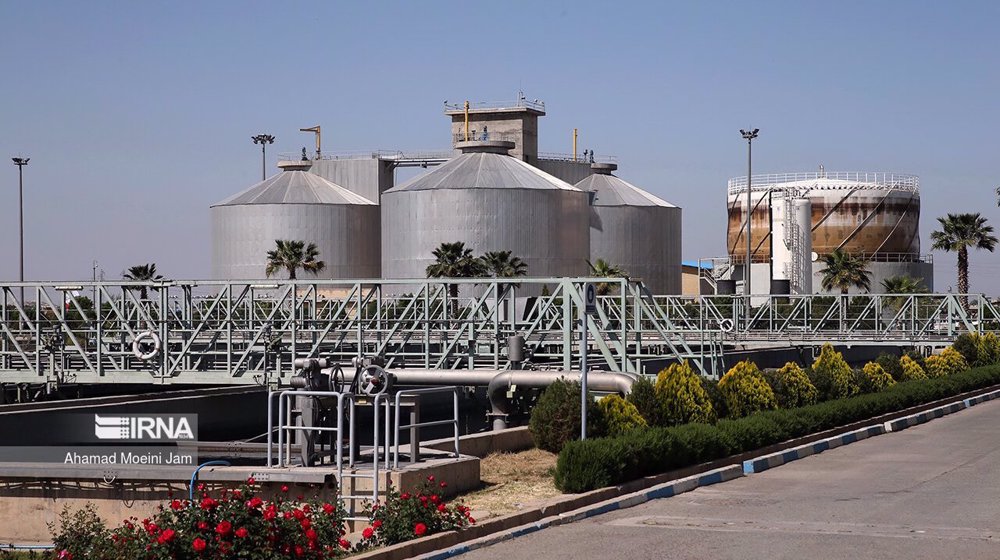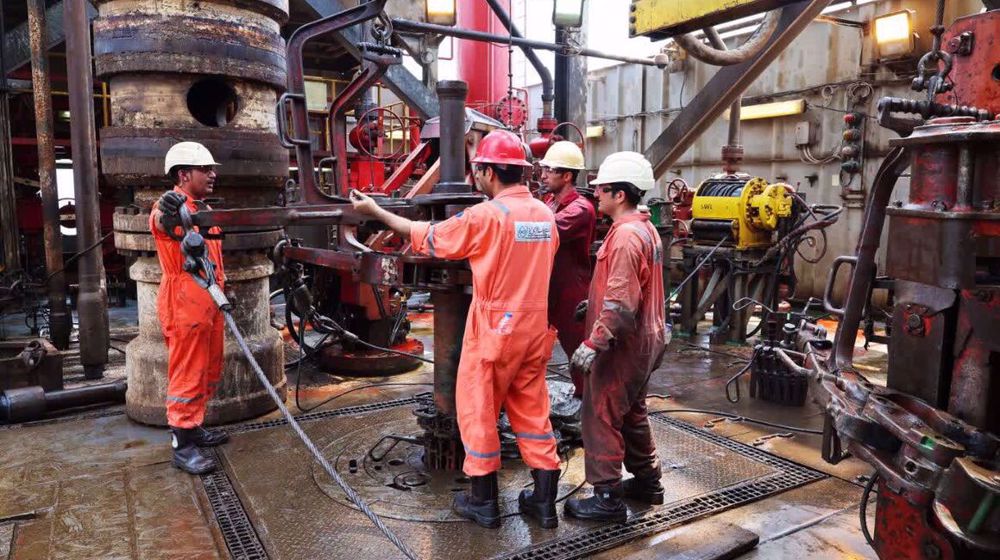Iran’s new CHP plant reduces carbon emissions by 700k mt per year
Iranian Energy Ministry says a new biogas power plant that has been launched south of the capital Tehran has an emission reduction capacity of 700,000 metric tons per year.
The announcement came on Wednesday a day after Energy Minister Ali Akbar Mehrabian and other senior officials opened a second power plant feeding on biomass from South Tehran Wastewater Treatment facility, which is the largest wastewater plant in the Middle East.
The 2.4 megawatt (MW) biogas plant is a combined heat and power system that has been launched under the United Nations Kyoto Protocol. That allows the Iranian Energy Ministry to earn hard currency revenues from selling Certified Emission Reductions (CERs) in carbon credit markets.
Iranian deputy energy minister for renewables Mahmud Kamani said on Tuesday that the country’s electricity generation capacity from biomass had reached 13 MW with four biogas plants in the cities of Tehran, Mahshad and Noshahr.
Iran launched its first biomass plant in 2010 in the same wastewater facility in southern Tehran. That plant has a capacity to generate 7 MW of electricity.
Kamani said Iran has a capacity to generate 500 MW of electricity from biomass, adding that output can easily reach 18 MW by introducing better management schemes in current biomass plants.
Renewables still account for a tiny part of overall Iranian electricity generation capacity which was reported at nearly 90 GW in early 2023. The sector mostly relies on solar, wind and hydroelectric power plants for a bulk of its output.
The government has announced plans to increase renewables capacity by 10 times to 10 GW by 2025.
UN rapporteur: Israel engaged in 'ethnic cleansing' in West Bank
French MPs adopt resolution, calling for seizure of Russian assets
Israel jets bomb Damascus outskirts as tanks advance in Quneitra
UN Security Council meeting on Iran ‘blatant political maneuver’: Envoy
US imposes new sanctions day after Trump's letter delivered to Iran
US activists denounce Trump for using 'Palestinian' as slur
Unilateral sanctions hinder Iranian women’s empowerment, prosperity: Experts
Iran summons EU3 envoys over 'provocative' meeting at UN










 This makes it easy to access the Press TV website
This makes it easy to access the Press TV website